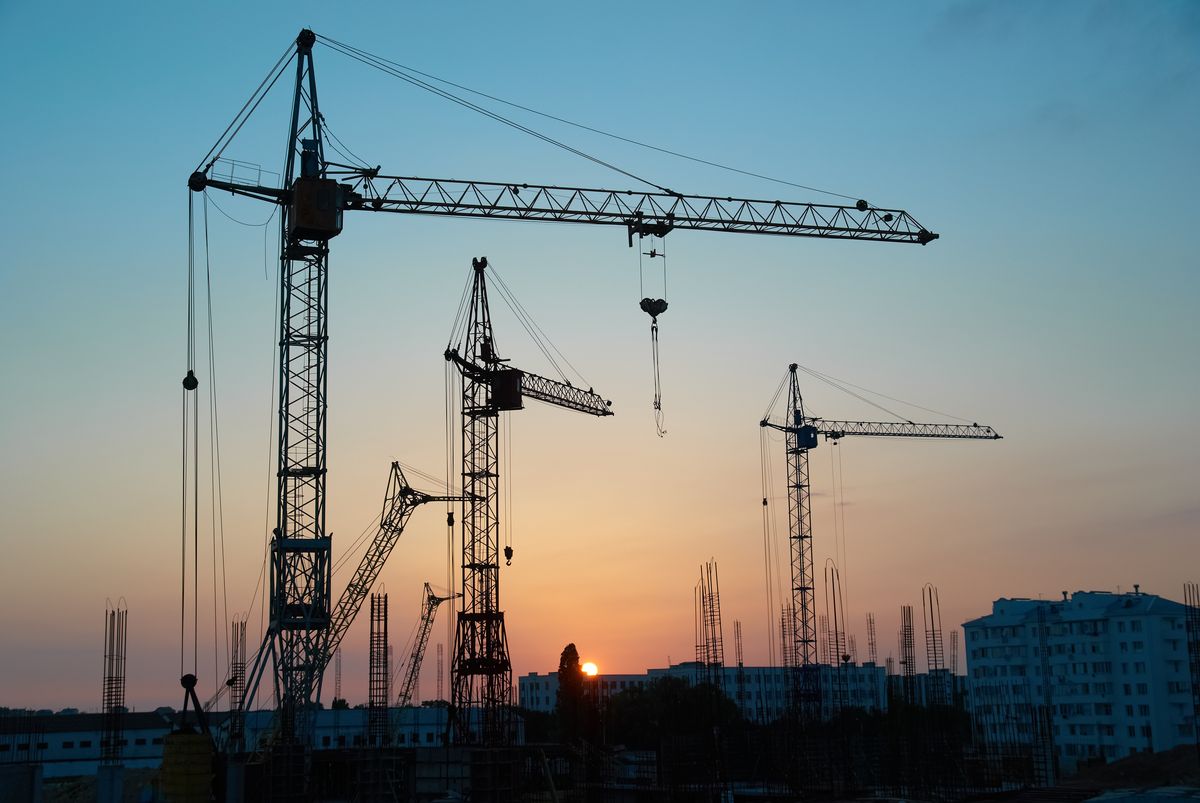When it comes to construction projects—whether commercial or residential—accurate cost estimates are the foundation of successful planning. Yet, many projects run over budget due to poor forecasting, hidden fees, or miscommunication. Knowing what to look for can save you from costly surprises. In this blog, we’ll highlight 7 red flags in construction cost estimates that every project owner, manager, or investor should watch out for.
1. Lack of Detailed Line Items
A vague estimate with lump-sum costs like “labor” or “materials” is a major red flag. A reliable construction estimate should break down every component, including:
Site preparation
Material types and quantities
Labor rates
Equipment rental
Permits and insurance
Why it matters: Without clear details, it’s hard to hold contractors accountable or identify where your money is going.
2. No Contingency Budget
A professional estimate always includes a contingency—typically 5–15%—to cover unexpected costs. If your estimate doesn’t include this, be cautious.
Why it matters: Construction rarely goes exactly as planned. Weather delays, design changes, or unforeseen ground conditions can drive up costs.
3. Unrealistically Low Prices
If an estimate seems too good to be true, it probably is. Contractors may underbid to win your business and then hit you with change orders later.
Why it matters: Lowball estimates often lead to disputes, poor-quality work, and blown budgets. Always compare estimates from multiple sources.
4. Missing Permit and Regulatory Fees
A complete estimate should factor in all legal and regulatory costs, including:
Building permits
Zoning approvals
Environmental assessments
Why it matters: Ignoring these fees can delay your project or put you at risk for legal penalties.
5. No Timeline or Payment Schedule
A good estimate outlines not just the cost but when payments are due and how long each phase will take.
Why it matters: Without a timeline and payment terms, you’re vulnerable to delays, cash flow issues, or incomplete work.
6. Overly Optimistic Labor Estimates
Some contractors underestimate labor time to make their bid look more appealing. Watch out for overly short timelines or suspiciously low labor costs.
Why it matters: Labor shortages, overtime, or rework can quickly inflate costs if not realistically planned.
7. Lack of Scope Clarity
If the scope of work isn’t clearly defined, you’re at risk of “scope creep”—when additional tasks sneak into the project without proper budgeting.
Why it matters: Every change adds up. Make sure the estimate is aligned with a well-documented scope of work to avoid disputes.
Final Thoughts
A construction cost estimate isn’t just a number—it’s a blueprint for your project’s financial health. By knowing these red flags, you can better evaluate contractor bids, avoid budget overruns, and ensure smoother project execution.
If you’re planning a construction project and want expert help reviewing your estimate, contact us today for a consultation. Don’t let hidden costs derail your vision.




